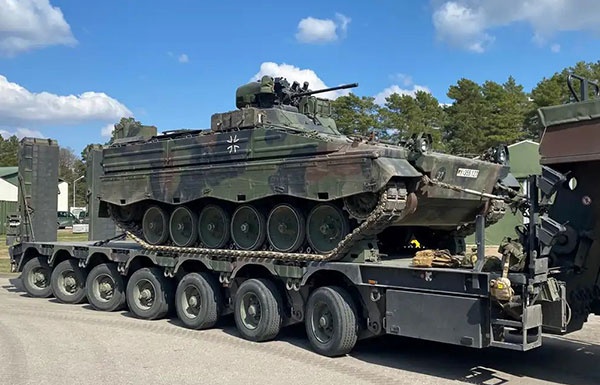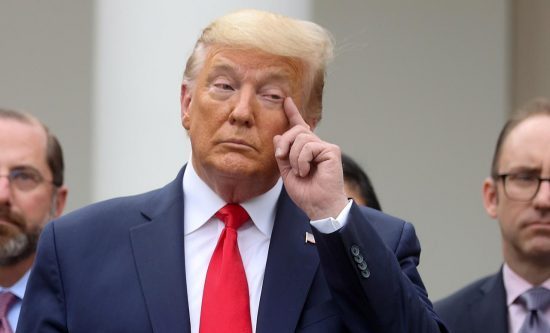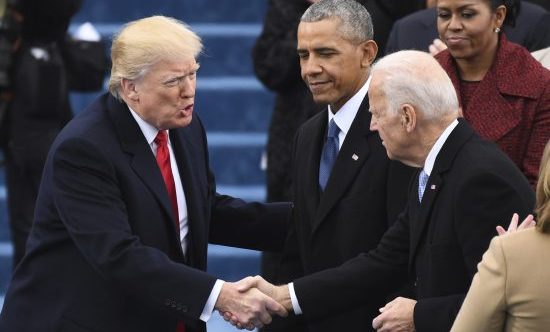The US-Iran relationship seems more contradictory than any other in the modern world. Over the past few years, Washington and Tehran have moved from the settlement of a basic conflict, the lifting of sanctions and the first steps towards the resumption of diplomatic relations back to the brink of war and military attacks on each other’s vital assets. This confrontation has lasted for 40 years, which makes it one of the longest-running in modern history. For Iran, it is a birthmark of its statehood, which has a formative influence on both its foreign policy and government strategy as a whole.
The United States and Iran have been on the brink of a military conflict on numerous occasions, but they have never yet crossed the red line. The closest they came to it was in 2004-2005, when the administration of President George W. Bush was looking for ways to shift the war on terror and the democratization effort from Iraq to Iran. It was only the United States’ bogging down in Iraq and Afghanistan that stopped the neocons from making yet another strategic mistake in the Middle East.
Washington and Tehran are divided by many irreconcilable interests. The United States is seeking to make Iran abandon its nuclear program and to enfeeble or change the regime in the Islamic Republic. Washington is supporting Iran’s regional opponents, Israel and the Arab monarchies, and seeks to maintain its presence in the region.
For its part, Iran does not intend to abandon its uranium enrichment program, which it sees as a strategic asset. Neither does it plan to revise the constants of the Islamic system. Iran is on the lookout for how to restrict the US military presence in the region and is configuring a line of resistance in Syria, Iraq, Lebanon, Palestine and Yemen.
These irreconcilable interests may seem to be enough for an assured military conflict between the two nations. However, Iran and the United States have some interests in common as well. Both want to win a final victory over ISIS and to secure the Strait of Hormuz, the only sea passage from the Persian Gulf. Moreover, neither country wants a direct military conflict with the other.
Iran has an army of some 520,000, a missile program that has been proved effective, as well as modern Russian-supplied air defense systems. However, despite the numerical edge over the US forces deployed in the region, the latter are technologically more advanced and can deliver military strikes anywhere in the Middle East with relative impunity. It is also clear that the United States is unable to occupy Iran even if it mobilizes all its available resources. Iran has a population of some 81 million, and the US army will be unable to control such a densely populated country with a difficult terrain. This alone precludes a direct military conflict between them. The US’s painful experience in Iraq and Afghanistan has taught it that drawn-out military conflicts, such as a potential conflict with Iran, do not bring political dividends and therefore should be avoided.
However, the above does not rule out relapses into military aggravation between them. Both countries have a rich experience of indirect military confrontation. Provocations, special operations, the use of proxies, tanker wars and other incidents are designed to intimidate the opponent and project power, with their information effects used for domestic propaganda. Moreover, the number of incidents is always high and their intensity shows that the “festival of provocations,” about which we wrote in our annual forecast, International Threats 2019, amply manifests itself in the Iran-US conflict. The festival of provocations is a tendency for the mounting indirect use of force, less any catastrophic consequences.
However, certain triggers can escalate the conflict all the way to an armed clash. When it comes to Iran, the most obvious triggers could be Tehran’s possible withdrawal from the Non-Proliferation Treaty and a dramatic reduction in the transparency of its nuclear program, for example, through the renunciation of the IAEA Safeguards Agreement and a boost in uranium enrichment levels to over 20 percent. Other triggers of a war could be Iran closing the Strait of Hormuz, resumption of major provocations against the US interests and its allies in the region, or the death of US personnel at the hands of the Iranian military or their proxies.
All of this (with the exception of American deaths) is unlikely in the short or medium term. But given the growing US military pressure on Iran, the Iranian leaders could opt to emulate North Korea’s actions and accelerate the development of nuclear weapons as a reliable guarantee of security. However, it is all but impossible to make such a technological breakthrough without being detected in modern conditions. Since the leading regional countries, including Israel, are closely watching the development of Iran’s nuclear infrastructure, any major achievement in this field would immediately provoke a military response by the United States and its allies.
Despite the above, we assess the possibility of a US-Iran military conflict as low. The United States is in the midst of an unprecedentedly long period of foreign policy disorder. Donald Trump doesn’t immerse himself in the details of foreign policy problems in the way that is necessary for a strategic decision to be taken to launch a war against any country. Trump’s readiness for action against Iran is incomparably lower than the Bush administration’s resolve to invade Iraq. The Trump administration has even been unable to complete the regime change operation in Venezuela. There were enough advocates of this solution in the US administration, but they lacked the go-ahead from President Trump. The US-Iran confrontation is one of the most dangerous processes, but the conditions for war are so far lacking.
Original publication valdaiclub.com












